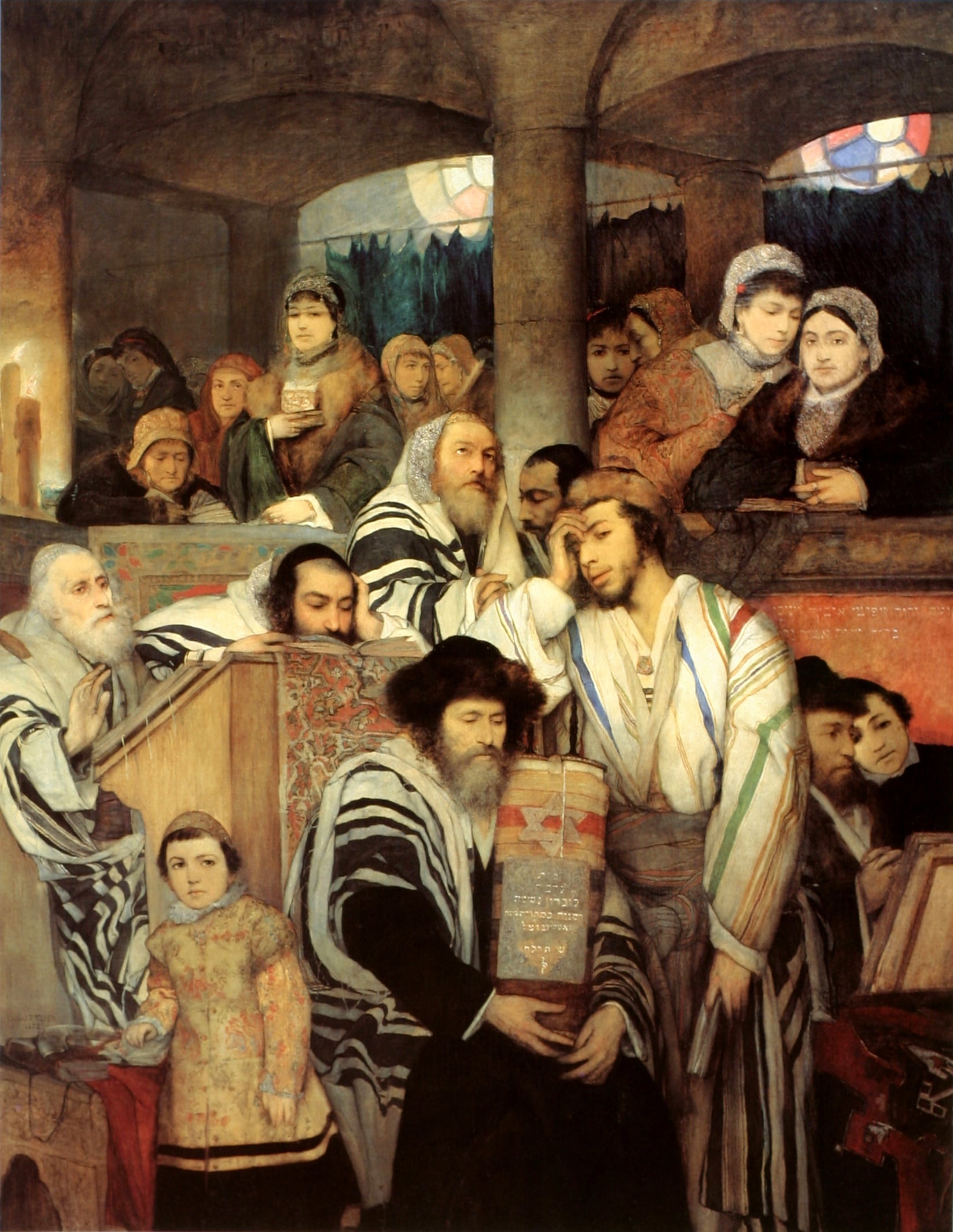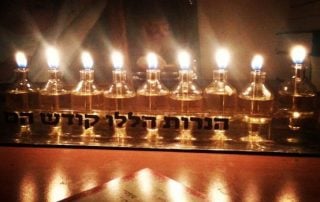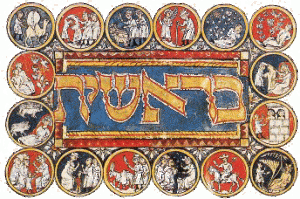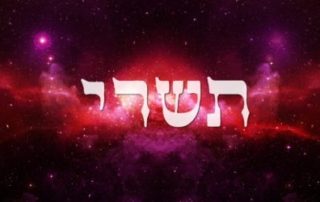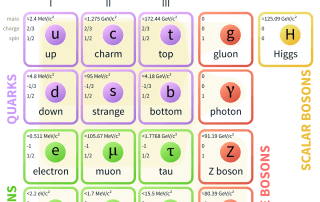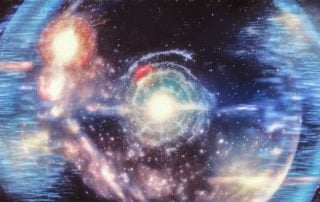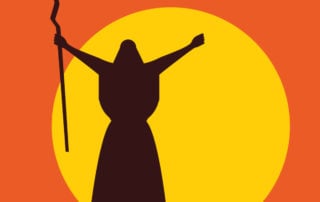Yom Kippur—The Day of Pure Delight
Yom Kippur means “The Day of Atonement.” Some view it as a frightening day full of regrets of the past and anxiety for the future. However, Chasidic philosophy sees Yom Kippur as the day of pure delight. On a simple level, Yom Kippur is the day of forgiveness--the day when we all going to be forgiven, cleansed, and atoned. What is not to be happy about? Moreover, it is a day when we get our personal rendezvous with our Heavenly Father, and with ourselves. The last prayer of Yom Kippur is called Neila ("closing"). It is usually interpreted as the closing of the doors of prayers when the penitent feverishly trying to squeeze another prayer before the doors are shut. In Hassidic teachings, the Neila is viewed completely differently—it is the most cherished [...]

